1. Don’t Stand on the Left Side of the Escalator
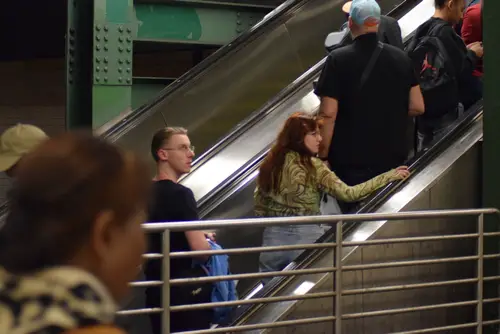
In big cities like New York, Washington, D.C., or Boston, there’s an unspoken traffic rule for escalators: stand on the right, walk on the left. Locals treat escalators like mini-highways, and standing still on the left side during rush hour will instantly brand you as an outsider. Commuters are often in a hurry to catch trains, and blocking their path slows down the entire flow. If you’re visiting, just remember: right is for resting, left is for moving.
It’s such a deeply ingrained habit that some stations even post signs reminding riders. The rule exists mostly in cities with large transit systems where efficiency matters. Ignoring it can earn you a few annoyed sighs or muttered comments, especially during morning commutes. It’s a small gesture of city etiquette that goes a long way toward blending in.
2. Tip Your Server—Generously
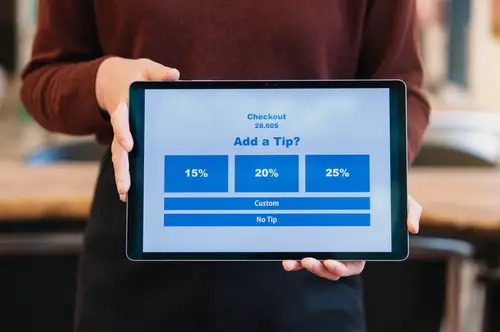
In the U.S., tipping isn’t optional, and city dwellers know it. Restaurant staff, bartenders, and even delivery drivers depend on tips as a core part of their income. Locals usually tip around 20%, and leaving anything less can come across as rude or clueless. Visitors from countries where service charges are included often underestimate how important this custom is.
This unwritten rule is rooted in the American service industry’s wage structure, where tipped workers can legally earn below minimum wage. That’s why locals see tipping as basic decency, not a bonus. If you leave a small tip or none at all, people will definitely notice. When in doubt, just round up generously—it’s the local language of respect.
3. Keep Walking—Don’t Stop in the Middle of the Sidewalk
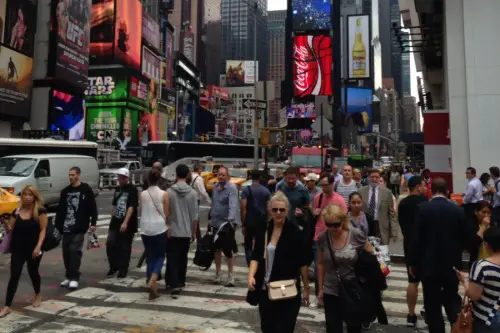
Cities like Chicago or New York run on a fast-paced rhythm, and sidewalks are the arteries that keep things moving. Locals treat walking like driving—stay in your lane, don’t suddenly stop, and definitely don’t spread out five across. Tourists who stop abruptly to check maps or take photos can cause mini-traffic jams that irritate everyone. There’s even a local nickname for them: “sidewalk blockers.”
This unwritten rule exists purely for flow. When thousands of people are commuting on foot, one person stopping can ripple into chaos. Locals often step aside into doorways or building edges if they need to check directions. Following their lead keeps you from getting an eye roll—or worse, a shoulder bump.
4. Wait for the Walk Signal—Even If the Street Looks Empty
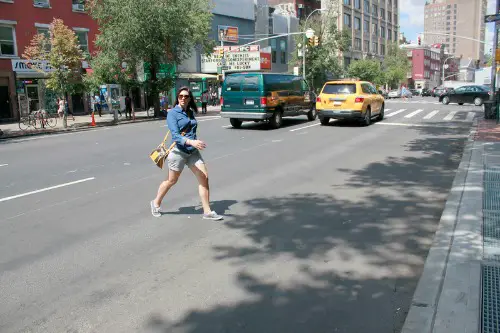
In cities like Portland, Seattle, or San Francisco, jaywalking is a cultural no-no. Locals pride themselves on following pedestrian signals, even when no cars are coming. It’s partly about safety, but also about maintaining order and respect for the rules. Visitors often cross wherever and whenever, which stands out fast.
The rule comes from a mix of legal enforcement and civic culture. Some cities actually ticket pedestrians for jaywalking, so locals have learned to wait patiently. It’s also tied to the idea of community responsibility—doing your part to keep the system working. If you want to blend in, just wait for that little white walking figure.
5. Don’t Hog the Metro Doors

Public transportation in places like New York, D.C., or L.A. has its own etiquette, and one big rule is simple: let people off before you get on. Standing right in front of the doors clogs everything up and frustrates commuters who are just trying to exit. Locals instinctively step to the side to create space. Outsiders often miss this rhythm and end up in a jostling mess.
This unspoken courtesy keeps trains running smoothly during rush hour. The faster people can get off, the faster you can get on. Metro systems are designed for efficiency, not chaos, and everyone plays their part. If you hang back and move with the flow, you’ll feel like a pro in no time.
6. Don’t Try to Make Small Talk With Strangers on the Subway
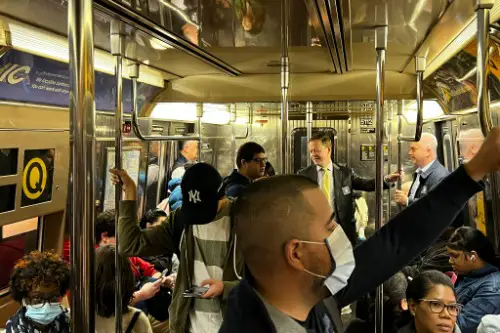
In many American cities, especially on public transit, silence is golden. Locals aren’t being rude—they’re just preserving personal space and mental quiet. Tourists or newcomers who strike up random conversations can come off as intrusive. That’s especially true during commutes, when most people are zoned out with headphones or scrolling their phones.
The reason is cultural: urban living means constant proximity, so people create invisible boundaries. Talking to strangers in transit can break that unspoken comfort zone. It’s not personal; it’s practical. Save your friendliness for bars, coffee shops, or community events, where conversation is actually welcome.
7. Always Hold the Door for the Person Behind You
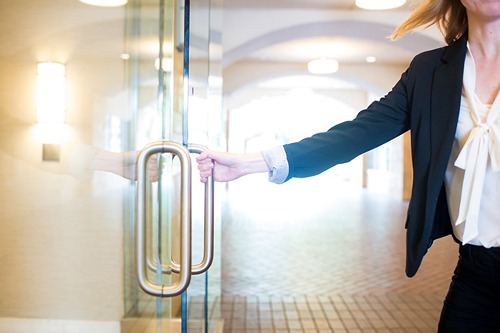
Across most American cities, holding doors isn’t just polite—it’s expected. Whether you’re entering a café, an office building, or a store, it’s considered good manners to glance back and hold the door if someone’s right behind you. Locals do it automatically, even when rushing. Forgetting this small courtesy can seem self-centered.
This rule has roots in general urban civility. With so many people packed into tight spaces, small gestures make city life a little smoother. It’s not about being overly formal—it’s about acknowledging the shared pace of life. A quick smile and a held door can make you instantly seem like a local.
8. Learn the Trash and Recycling Rules
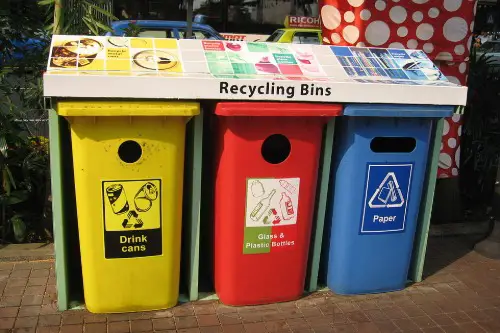
Cities like San Francisco, Seattle, and New York take waste sorting seriously. Locals know which bin is for compost, recyclables, and trash, and they follow those systems religiously. Outsiders often just toss everything into one bin, which irritates both residents and sanitation workers. Urban recycling systems are strict because they’re tied to sustainability goals and local ordinances.
Getting it wrong isn’t just inconsiderate—it can also lead to fines in some places. Locals see following waste rules as part of being a responsible city resident. Many neighborhoods even post color-coded guides near bins to help people get it right. If you want to fit in, take a second to sort before you toss.
9. Don’t Assume Everyone Drives Everywhere
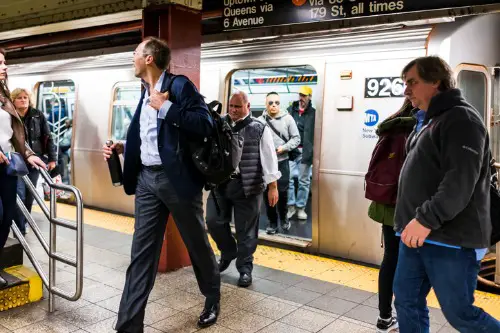
In many big U.S. cities, cars are more of a hassle than a help. Locals rely on public transit, biking, or walking, and many don’t even own a vehicle. Visitors who assume driving is the default can come off as out of touch with urban realities. Plus, parking costs and traffic can make driving the worst option.
This mindset shift reflects how urban design has evolved. Cities are built for density, not parking lots. When you suggest driving somewhere that’s easily reachable by train or foot, locals might raise an eyebrow. Embracing local transit culture shows you understand how city life really works.
10. Don’t Overstay Your Welcome at a Busy Café

City cafés often double as remote offices, but there’s an unwritten rule: if it’s packed, don’t linger for hours after finishing your drink. Locals are quick to give up their tables when others are waiting. Outsiders sometimes treat cafés like all-day lounges, which frustrates both baristas and customers. Space is limited, and turnover keeps the vibe fair.
This norm comes from the high demand for seating in popular spots. Many cafés rely on steady customer flow, especially in neighborhoods with limited options. If you need to work for a long stretch, buy something every hour or move to a less crowded spot. That small awareness goes a long way in city culture.
11. Don’t Block Bike Lanes
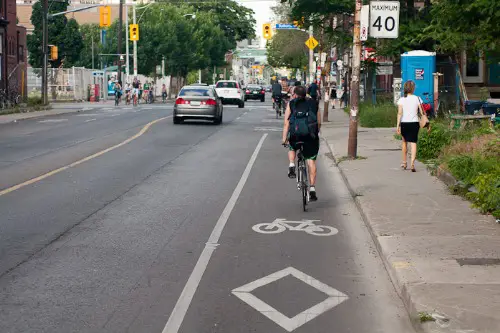
Bike culture is huge in cities like Portland, D.C., and New York, and blocking a bike lane is a cardinal sin. Whether it’s walking in the lane, stopping to take photos, or standing with luggage, it disrupts traffic and endangers cyclists. Locals view bike lanes as sacred space—cross quickly, but don’t linger. Outsiders often don’t realize how fast bikes come through.
This rule exists for safety and respect. Urban cyclists depend on those lanes as their protected route through busy streets. Blocking them forces riders into car traffic, which can be dangerous. Paying attention to bike symbols and lane markings instantly earns you local points.
12. Know When to Queue and When Not To
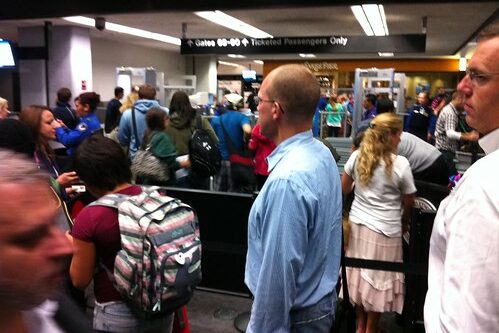
Americans love lines, but city residents are extra protective of them. Whether it’s at food trucks, bus stops, or bars, cutting the line—or hovering too close—breaks an unspoken social code. Locals form orderly queues even without ropes or signs, and everyone knows who’s next. Tourists who try to “merge in” often get subtle but firm pushback.
The rule reflects a deeper sense of fairness in public spaces. Lines keep chaos at bay in crowded environments. Even if you’re unsure, just ask, “Is this the line?” and locals will appreciate the respect. Following this one simple habit instantly earns you city credibility.
This post 12 Unwritten Rules in American Cities That Outsiders Constantly Break was first published on American Charm.


